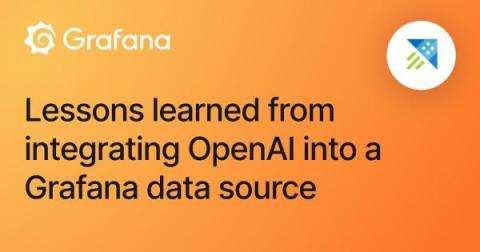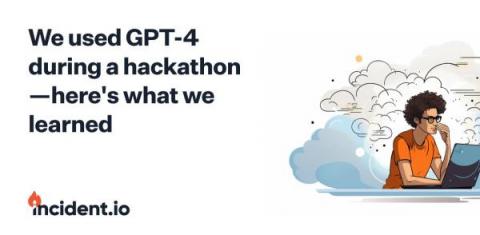Operations | Monitoring | ITSM | DevOps | Cloud
Technology
The latest News and Information on APIs, Mobile, AI, Machine Learning, IoT, Open Source and more!
The Role Of Software Asset Management In Cybersecurity Preparedness
In this article, we explore the critical role Software Asset Management plays in cybersecurity preparedness. As the threat landscape continues to evolve and malicious actors become more adept at exploiting vulnerabilities, it is essential to take a proactive approach to protect your business and its valuable assets. Our experts delve into the benefits of implementing software asset management strategies, the risks associated with neglecting it, and what you can do to optimize your cybersecurity preparedness.
Weighing Made Easy: How to Find the Top Scale with These Expert Tips
A Guide to Locating Cryptocurrency Payment Processors and Gateways
A Comparative Analysis of Luna Price and Dogecoin Price: A Look at Their Performance and Trends
Gartner recognizes Monitoring as Code as emerging practice
I’m thrilled to announce that Gartner added Monitoring as Code (MaC) as an emerging practice into their Hype Cycles for Monitoring and Observability and Site Reliability Engineering. We are extremely hyped about this recognition and being listed as a vendor innovating in that space. Since we founded Checkly, our vision has been that monitoring should be set up as code and live in your repository; it must be open-source based and feel natural for developers.
Lessons learned from integrating OpenAI into a Grafana data source
Interest in generative AI and large language models (LLMs) has exploded in popularity thanks to a slew of announcements and product releases, such as Stable Diffusion, Midjourney, OpenAI’s DALL-E, and ChatGPT. The arrival of ChatGPT in particular was a bellwether moment, especially for developers. For the first time, an LLM was readily available and good enough that even non-technical people could use it to generate prose, re-write emails, and generate code in seconds.
We used GPT-4 during a hackathon-here's what we learned
We recently ran our first hackathon in quite some time. Over two days, our team collaborated in groups on various topics. By the end of it, we had 12 demos to share with the rest of the team. These ranged from improvements in debugging HTTP request responses to the delightful “automatic swag sharer.” Within our groups, a number of us tried integrating with OpenAI’s GPT to see what smarts we could bring to our product.











